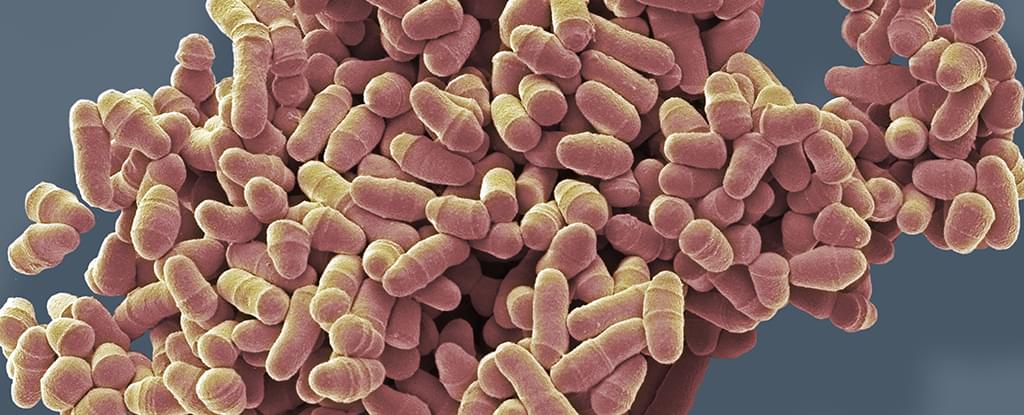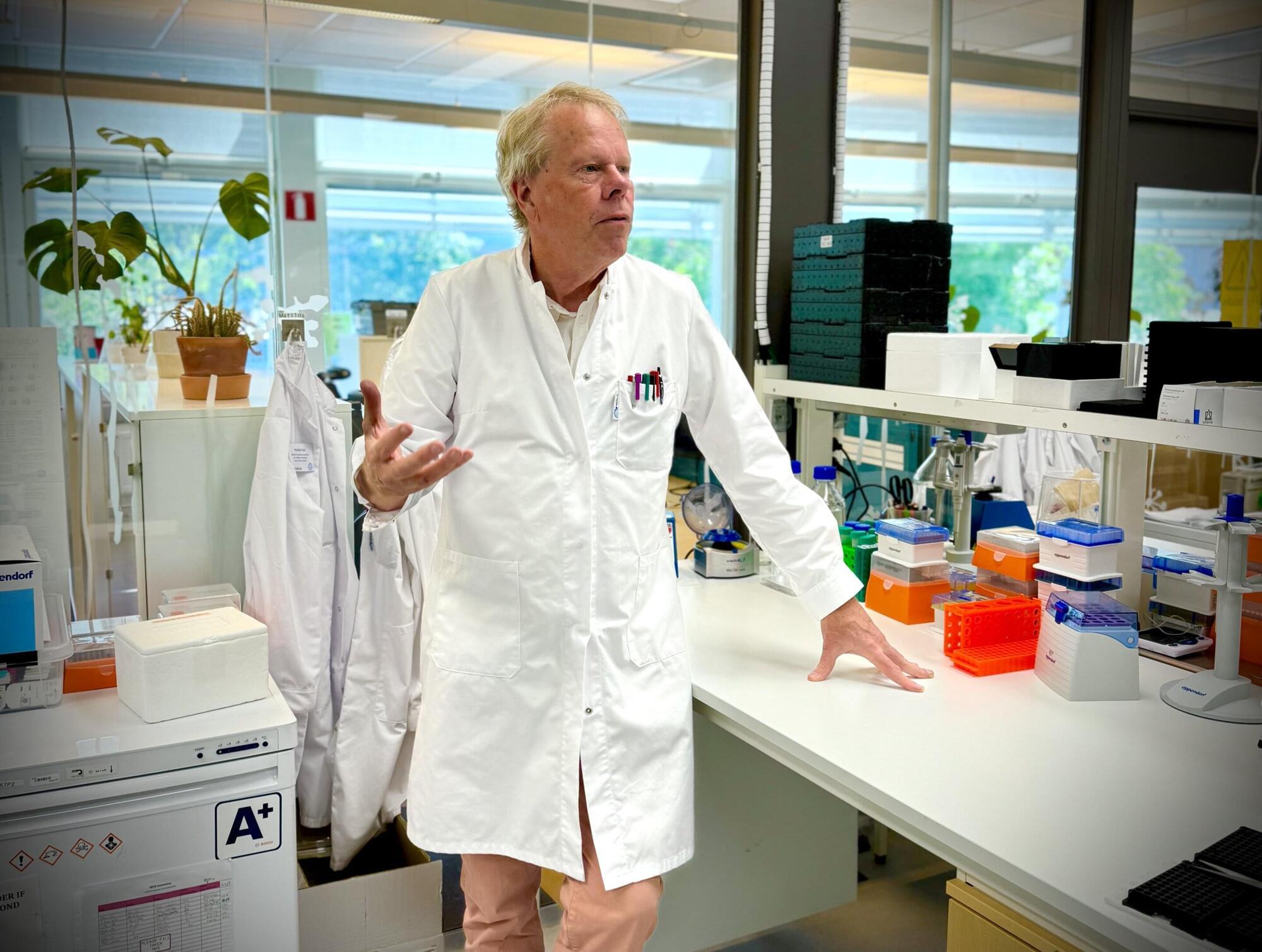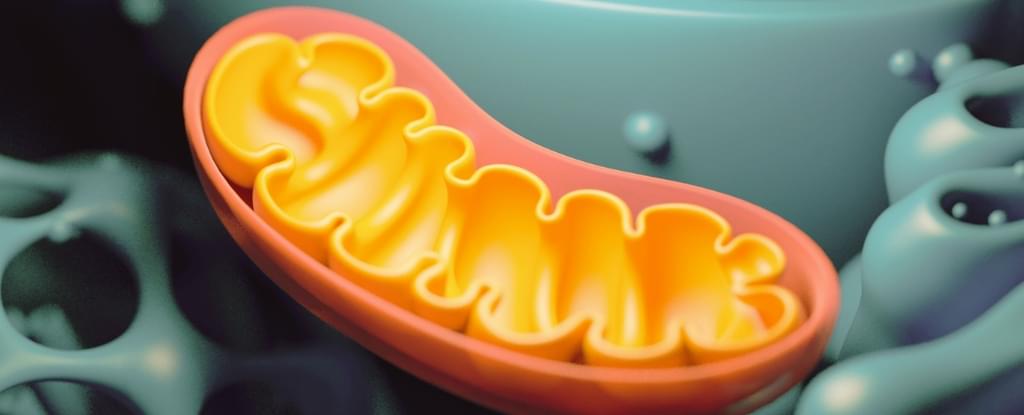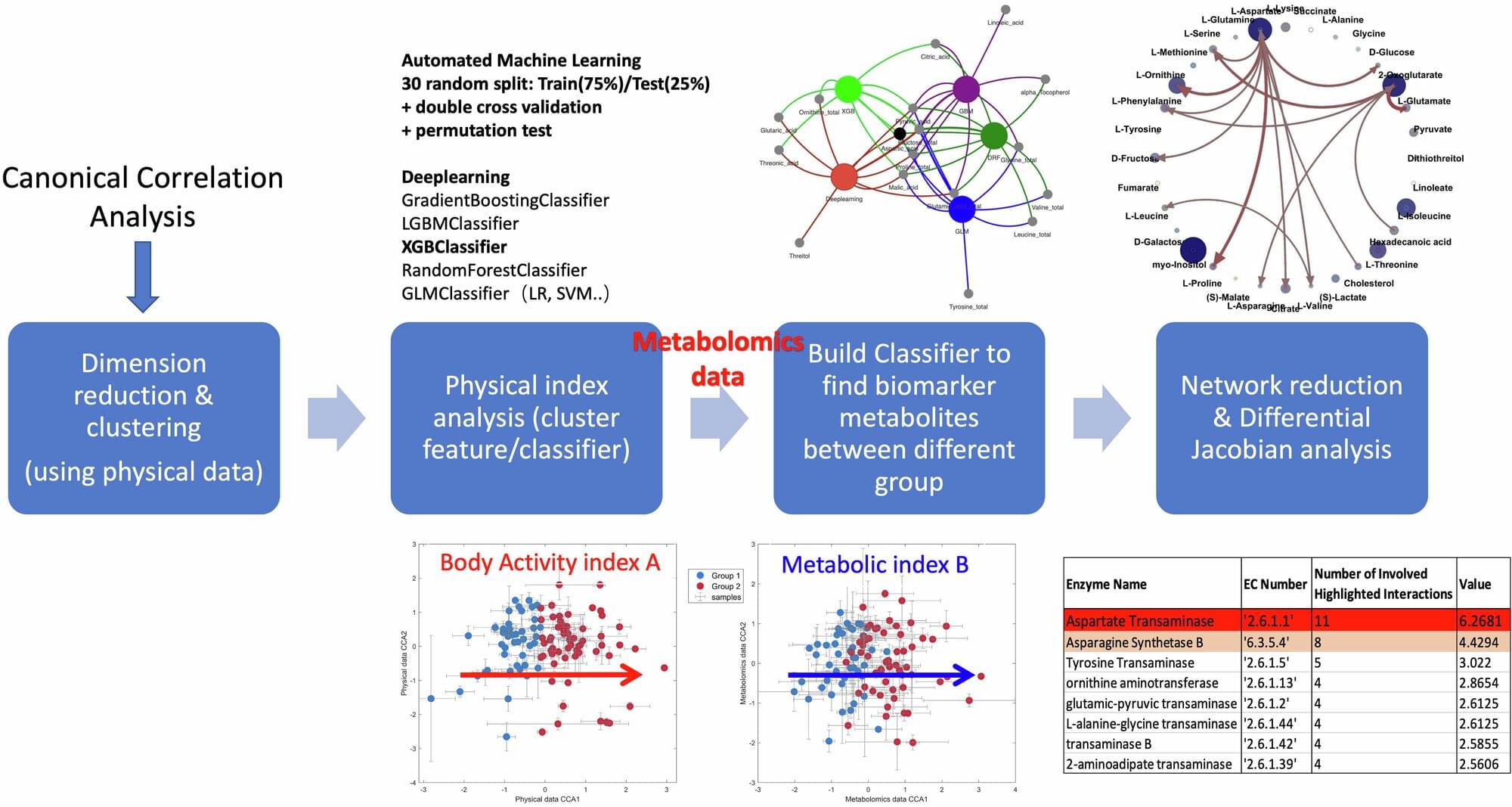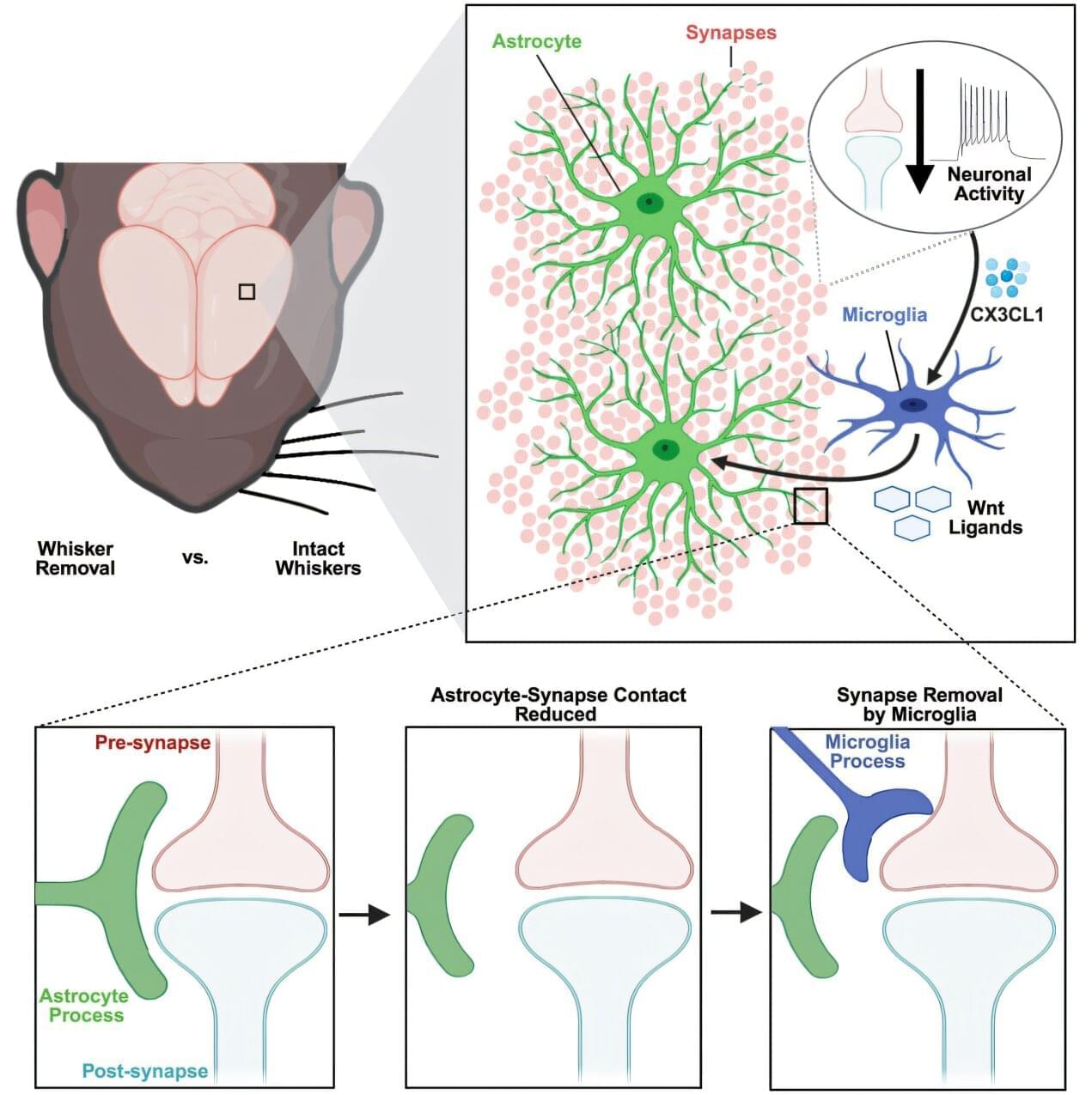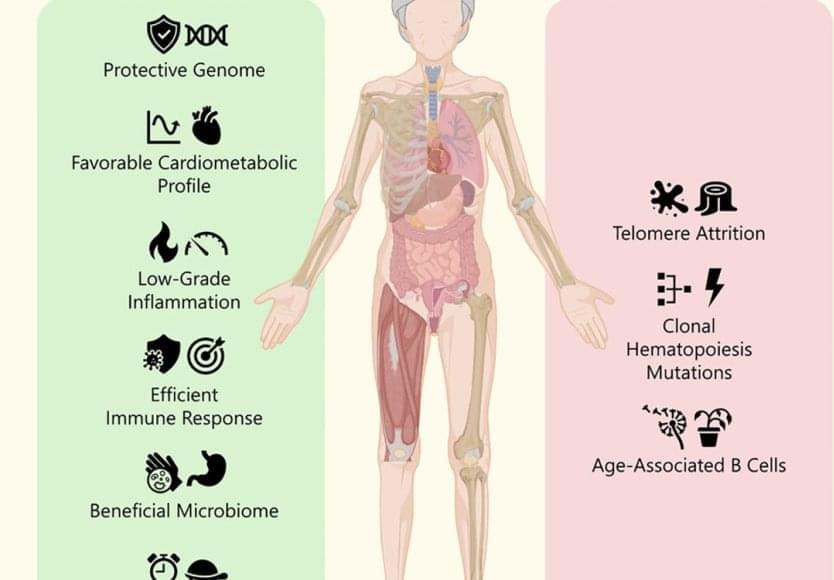Research led by the Max Planck Institute for Biology of Aging in Cologne reports that misincorporation of ribonucleotides into mitochondrial DNA (mtDNA) initiates an inflammatory cascade.
Mitochondria support cell survival through metabolic and signaling roles. Conversely, their disruption has been associated with inflammation, cell death and disease.
Innate immune activation through the cGAS-STING-TBK1 pathway can move a cell from short-term defense to a chronic state of alarm. cGAS-STING activity is linked to autoimmune and inflammatory diseases and contributes to senescence and aging, intertwining immune signaling with tissue decline.

